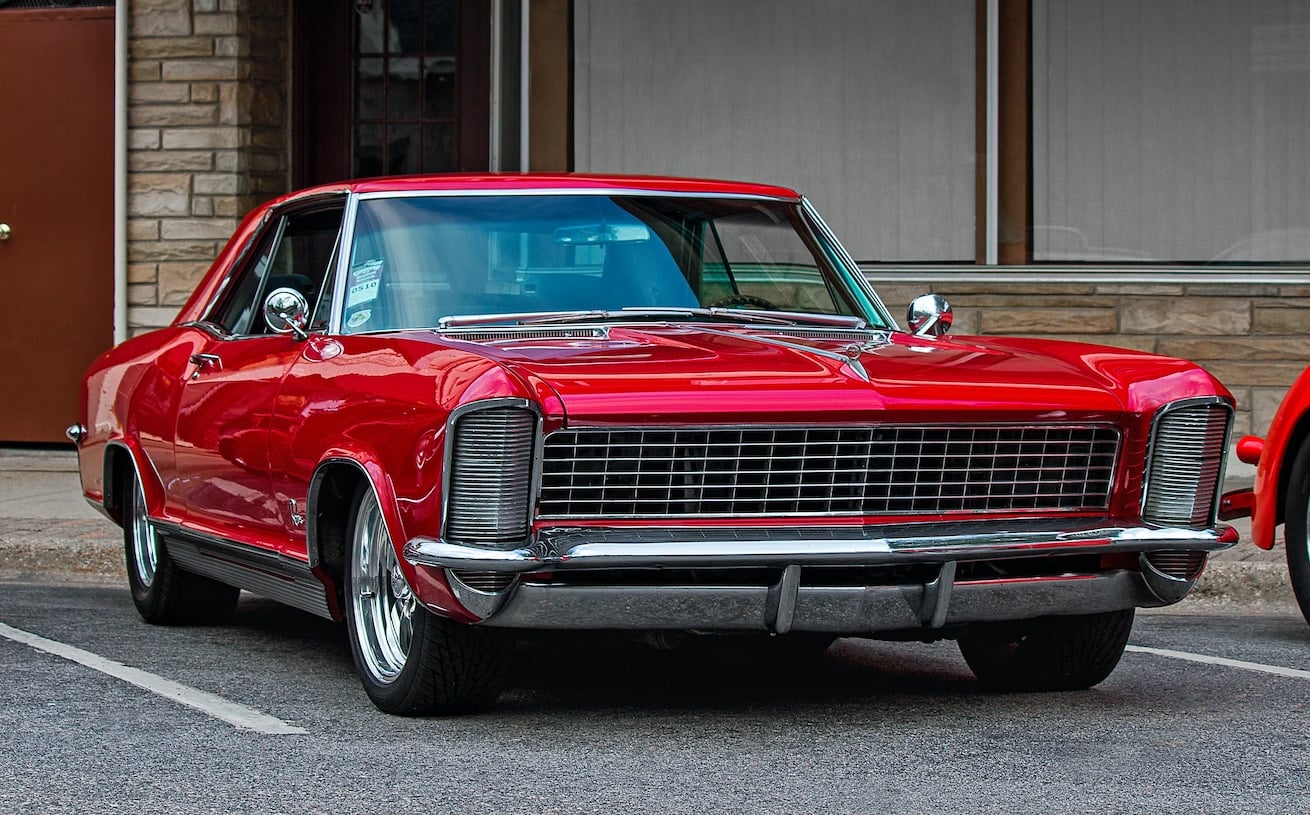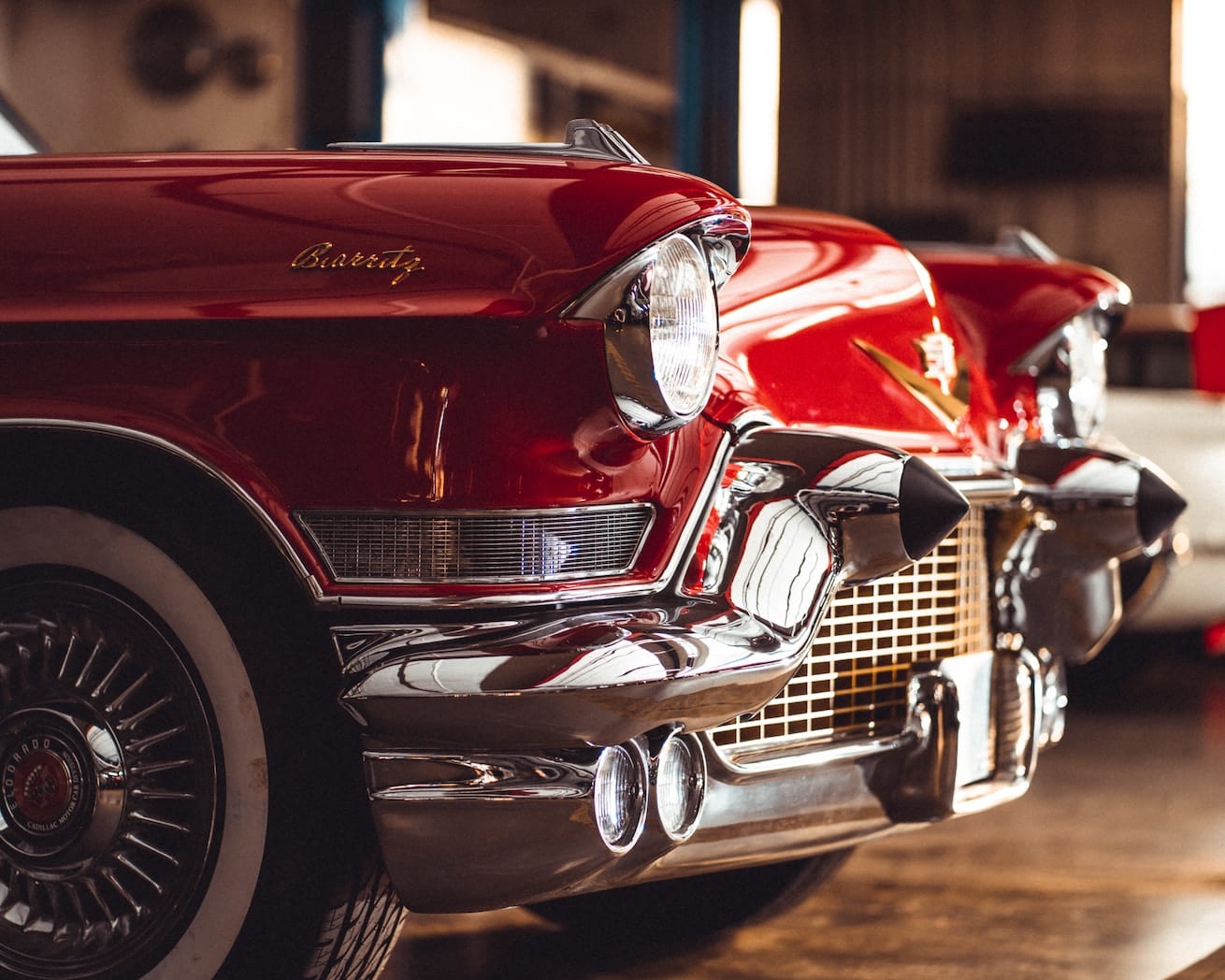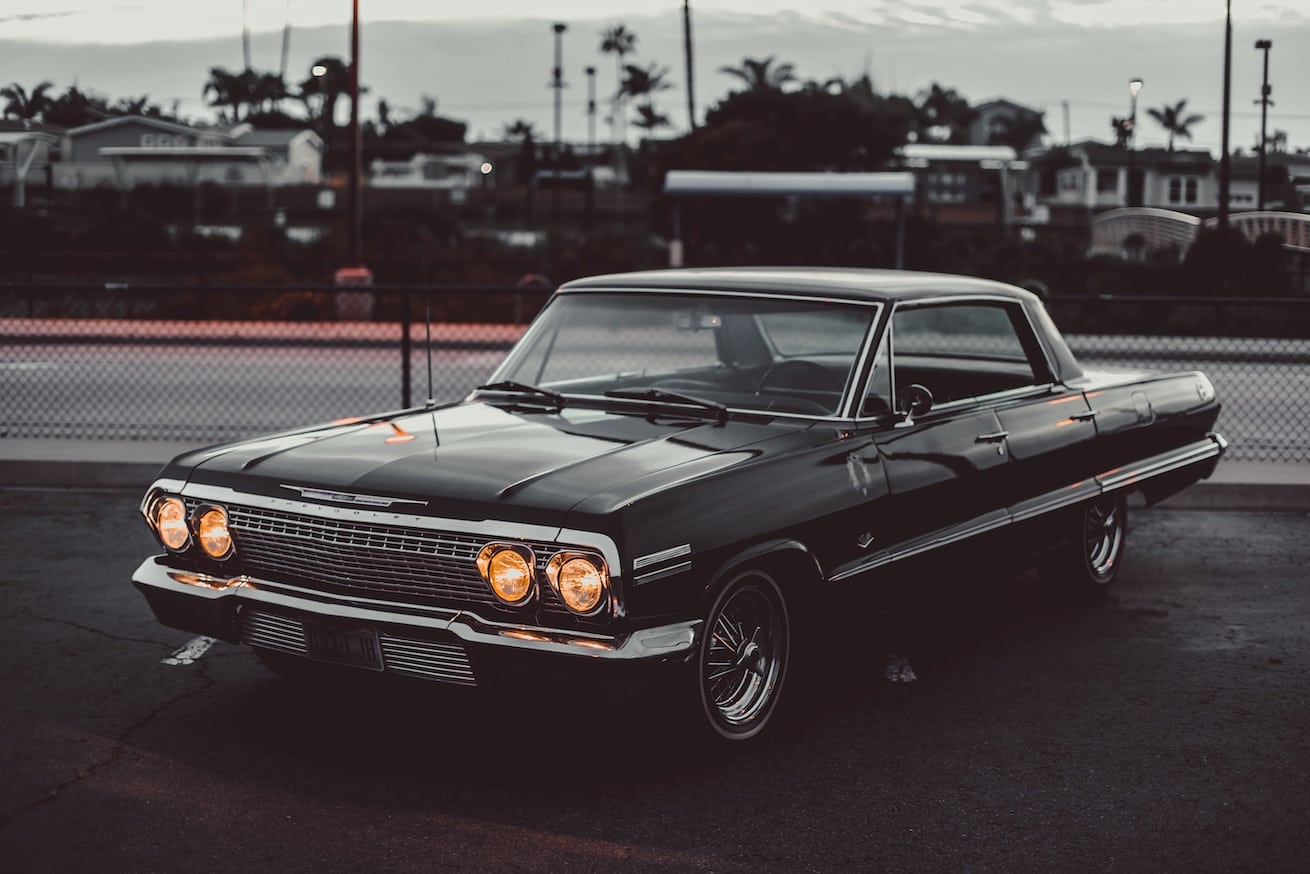Vintage Car Restoration 101 – Achieve Full Restorations Easy
Taking on a vintage car restoration business is a significant milestone for any enthusiast. The journey towards this endeavor can vary; some enthusiasts decide to restore their beloved classics that have either been acquired as functional vehicles or have become too worn out to stay on the road.
On the other hand, some view purchasing a “basket case” as a step-by-step approach to achieving their dream of the classic car industry. Regardless of your starting point, there’s no need to fear the complexity of the restoration process. Proper planning and the right approach can restore even the most intricate classic cars together.
Key factors include understanding the fundamentals, seeking guidance and assistance when needed, and being willing to delegate certain tasks to professionals when your expertise reaches its limit. By adhering to this basic formula, anything becomes possible.
While the journey may demand hard work and dedication, the world of classic car restoration can offer immense satisfaction and enjoyment if done correctly. Here are some essential tips for first-time restorers to ensure the experience is more enjoyable than challenging.
Embrace the Learning Curve Of A Classic Car Restoration

Vehicle restoration involves numerous processes, some of which you may already be familiar with, while others might be entirely new. In addition to traditional mechanical skills, you’ll need to develop expertise in bodywork, welding, painting, electrics, and basic upholstery.
Don’t hesitate to acquire knowledge from various sources, including friends, family, fellow enthusiasts, and online tutorials. However, consider the value of learning from professionals as well. Many colleges offer night classes or full-time courses focused on old car restoration services. Remember, mastering a skill properly increases your chances of getting it right the first time.
Become a Member of a Classic Car Club
When you set out on your first car restoration journey, joining a club dedicated to enthusiasts of your specific car model is highly recommended. These clubs are filled with friendly and passionate individuals, many of whom have undergone multiple restorations. Their wealth of experience can be invaluable, saving you time and money.
As experts on the whole muscle car, and its weaknesses, club members can offer valuable insights and advice. Additionally, some clubs may maintain their spare parts inventory, granting members access to these resources or guiding them to reliable suppliers.
The sense of encouragement within these clubs is unparalleled; witnessing one of “their” muscle cars return to its former glory brings immense joy to the members.
In today’s digital age, exploring online communities can also be an excellent option, either as a full shop substitute or a complement to traditional shop or club membership.
While Facebook groups can be challenging, the benefits outweigh the risks. Make-model-specific groups, in particular, can be incredibly helpful when searching for rare parts or seeking advice on complex restoration tasks.
Invest in Quality Tools and Proper Maintenance
Alongside hand equipment, consider investing in essential power tools. An angle grinder is an indispensable and versatile tool, particularly when dealing with rusty surfaces.
A high-quality power drill and a decent-capacity MIG welder should also find a place in your arsenal of devices. Properly maintaining your equipment ensures they remain dependable throughout the restoration and repair.
Find Joy in Small Achievements
While the restoration process should generally be approached in an organized and methodical manner to avoid redoing tasks and prevent damage to restored parts, it’s essential to appreciate small victories along the way. Seeing just one aspect of the car in its finished state can boost morale.
This glimpse of progress serves as a reminder of the project’s potential greatness once completed. Whether it’s lovingly polishing the radiator grille or getting the wheels blasted and painted, allow yourself these moments of pride and accomplishment. Embrace anything that motivates and revitalizes your pride and passion for the job, regardless of what others may say.
Select a Realistic Project Car

Restoration is challenging enough without dealing with the added complexity of finding scarce parts for engines last produced decades ago. Even experienced restorers can be frustrated by poor parts supply, so for first-timers, it’s wise to choose a project that won’t make things unnecessarily difficult.
Some car models enjoy incredible aftermarket support, with virtually all the necessary parts available brand new and ready for restore or to purchase.
While there’s a thrill in uncovering hidden gems at auction sites, constantly searching the world for basic items like filters and brake parts can become tiresome quickly. Opting for popular models like the MGB, Volkswagen Beetle, or Triumph saloons can be smart, as they offer full service and a wide range of readily accessible parts.
Buy for the Right Reasons
Restoring a classic car involves investing a significant amount of time and effort. You’ll be intimately involved in every step, from buying and disassembling the car to sourcing parts and services and finally putting everything back together.
Therefore, it’s crucial to ensure you choose the right car for you – the make, model, and specifications you genuinely desire. Avoid making compromises, and don’t be tempted by a classic that doesn’t truly excite you. If you haven’t found the perfect car yet, be patient and keep searching.
Approach this hobby with genuine passion rather than solely viewing it as a financial investment. If your heart isn’t fully invested in the car, you’ll unlikely find the motivation to see the restoration through to completion. In such cases, the dream car might be sold as an unfinished garage restoring job.
Create and Stick to a Budget
Whether a Mini or a Maserati, car restoration is an expensive hobby. Even if you choose to do all the work on muscle car yourself, the cost of components alone can quickly add up. To manage your finances effectively, consider working on the whole vehicle restoration in stages, allowing time to replenish your funds before moving on to the next phase.
Throughout the restoration and service process, you’ll likely encounter unexpected surprises that may not be pleasant. For instance, despite hearing the car running before purchasing it, driving it might reveal issues with the gearbox or other hidden problems.
To avoid financial strain, thoroughly research parts prices and any professional services you require. Once you’ve calculated the costs, we recommend adding at least 30 percent as a buffer for unforeseen expenses.
Be Realistic About Time
It cannot be emphasized enough how much time a restoration project demands. Assembling a classic car from a bare shell to the shape of a roadworthy machine is extensive and time-consuming, even if you have all the available parts. Be prepared for things to deviate from your original plan; parts might be challenging to source or take longer to arrive, and professional services may cause delays.
A common occurrence is finding yourself redoing tasks that were previously completed. As your skills improve, your earlier efforts may no longer meet your current standards, prompting you to redo them. Being realistic about the time required for your vehicle restoration is crucial.
Avoid making overly ambitious promises, such as having the car ready to drive your daughter to her wedding in three months. While your intentions may be sincere, the restoration process might have other plans. Set realistic timelines to avoid disappointment and unnecessary pressure.
Know Your Limits
While many of us may fantasize about achieving flawless showroom-quality paint finishes or effortlessly rebuilding engines, the reality is that only a select few possess these techniques. Acknowledging our own limitations is essential. It’s perfectly okay if you can’t handle every aspect of a complete car restoration to the highest standards.
Instead of beating yourself up over it, recognize your boundaries. Do as much as you feel confident, but don’t hesitate to seek professional help for tasks beyond your expertise. Certain jobs, like spray painting cars, are best left to the hands of professionals due to the time, effort, mess, and handling of toxic materials involved.
Document, Organize, and Take Notes
During the disassembly process, it’s crucial to label everything and take photographs to document how components fit together. Pay close attention to the wiring loom and pipework routes along the chassis and engine bay.
The wiring behind the dashboard can become a labyrinth, so label and photograph connections each time you disconnect a switch or instrument. Keep a supply of plastic zip-top freezer bags to organize small parts and use a permanent marker to list their contents on the bags.
Focus on the Fun of Classic cars

Remember that classic car restoration is meant to be an enjoyable journey. Nobody forces you to do it, so try to find motivation in every stage. Whenever you encounter a challenging problem, rest assured that someone has faced it before and can offer helpful solutions.
The classic car industry thrives, providing access to tools, quality parts for various vehicles, advice, online tutorials, and even training to acquire specialized skills.
When you finally roll your completed project out of the garage, you’ll look back on the restoration process with immense pleasure and satisfaction, even the moments that tested your dedication, like scraping old under seal on a cold winter’s night.
Be Warned About the Addictive Nature
Converting something broken and rusty into a better-than-new condition vehicle is incredibly addictive. This might be your first classic car restoration, but completing it successfully will likely ignite a passion that will keep you returning for more.
Car restoration can become a lifelong pursuit, fueling your enthusiasm for preserving automotive history and bringing these vintage beauties back to its original glory. A locally owned company that does full restorations and routine maintenance can be a profitable business opportunity.
Last Updated on: August 8, 2023

